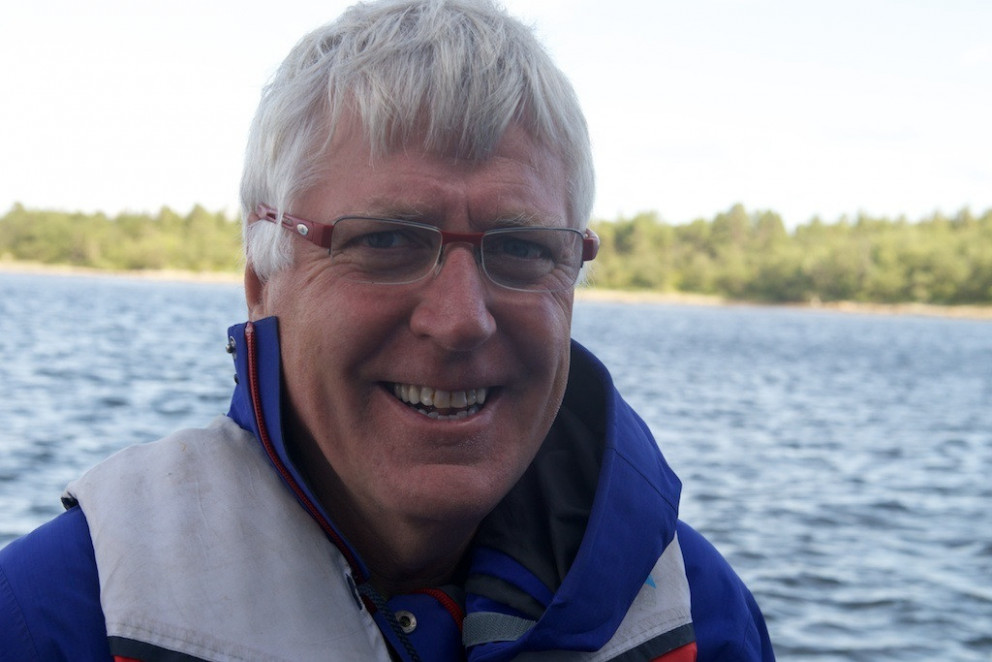- Evrópuverkefni
- Rannsóknir
- Dýrasvif
- Efnagreiningar
- Ferskvatnsfiskar
- Stangveiði
- Fiskmerkingar
- Framandi sjávarlífverur
- Hvalarannsóknir
- Kolmunni
- Kortlagning búsvæða
- Kortlagning hafsbotnsins
- Arnarfjörður
- Drekasvæði
- Hali Dohrnbanki
- Ísafjarðardjúp
- Jökulbanki
- Jökuldjúp
- Kolbeinseyjarhryggur og nágrenni
- Kolluáll
- Kötluhryggir
- Langanesgrunn
- Látragrunn
- Nesdjúp
- Reykjaneshryggur og nágrenni
- Selvogsbanki
- Suðaustan Lónsdjúps
- Suðausturmið
- Suðurdjúp
- Suðvestan Jökuldjúps
- Sunnan Selvogsbanka
- Sunnan Skeiðarárdjúps
- Sunnan Skerjadjúps
- Vesturdjúp
- Víkuráll
- Austan við Reykjaneshrygg
- Vestfjarðarmið
- Kvarnir og aldursákvörðun beinfiska
- Loðna
- Makríll
- Myndavélar við stofnmat
- Sjórannsóknir
- Steinbítur & hlýri
- Stofnmælingar
- Veiðarfærasjá
- Vöktun eiturþörunga
- Vöktun veiðiáa
- Þörungarannsóknir
- Rannsóknafréttir
- Umhverfisáhrif sjókvíaeldis
- Ráðgjöf
- Miðlun
- Ársskýrslur
- Fréttir & tilkynningar
- Fyrir skóla
- Lax- og silungsveiðin - tölur
- Málstofur
- Merki/logo
- Myndbönd
- Útgáfa
- Samfélagsmiðlar
- Öryggi & persónuvernd
- Myndasafn
- Skráning á póstlista
- Um okkur
Stig Falk-Petersen flytur erindi á málstofu
26. september 2017
Miðvikudaginn 27. september mun Stig Falk-Petersen prófessor halda erindi á málstofu Hafrannsóknastofnun sem nefnist: Productivity hotspots due to upwelling along Arctic shelves - Climate, wars, society and return of Bowhead whales.
Erindið verður flutt í fyrirlestrarsal á jarðhæð á Skúlagötu 4, kl. 12:15-13:15. Öll velkomin.
Stig Falk-Petersen er sérfræðingur við Akvaplan-niva stofnunina í Noregi og prófessor við Háskólann í Tromsö í Noregi. Hann hefur langa reynslu af rannsóknum á vistfræði sjávar, einkum á norðlægum slóðum, þar sem hann hefur m.a. rannsakað líf- og vistfræði lykiltegunda, fitubúskap lífvera í hafinu og áhrif hnattrænna umhverfisbreytinga á starfsemi sjávarvistkerfa.
Stig hefur leitt fjölmörg norsk og alþjóðleg rannsóknaverkefni. Hann var rannsóknastjóri Akvaplan í mörg ár og er einn stofnenda ARCTOS rannsókna netsins, en það gegnir mikilvægu hlutverki í samband við menntun ungra vísindamanna og kynningu á rannsóknaniðurstöðum. Eftir hann liggja um 150 vísindaritgerðir, þar af um 45 síðustu fimm ár.
Í erindi sínu mun Stig fjalla um hvalveiðar í sögulegu samhengi, m.a. örlög norðhvals í Norðurhöfum, og hvernig hnattrænar loftslagsbreytingar hafa haft áhrif á samfélög manna og samskipti þjóða.
Ágrip
Productivity hotspots due to upwelling along Arctic shelves - Climate, wars, society and return of Bowhead whale
The first oil boom in Europe was related to whaling north of Spitzbergen (Svalbard) from the 16th century. From ship logs, expeditions, and later airplanes and satellites, a long series (1579-2015) of estimated ice edge positions between Svalbard and Franz Josef Land has been determined. This period cover a long period with climate change, wars and socital changes. In this talk I will discuss the fate of the Bowhead whale, but also show some examples of how climate change influence wars and the socity.
The area North of Svalbard has probably been ice covered during winter in the period from approximately 1790 until the 1980s; a period during which heavy ice condition have prevailed in the Barents Sea and Svalbard waters. We suggest that reduction of sea ice and the upwelling of nutrient-rich waters seen during winter along the shelf brake create a conditions similar to those that occurred during the peak of the whaling period (1690 to 1790), and that this combination of physical features was the driving force behind the high production regimes that supported the large historical stock of bowheads in this area. The earliest commercial whaling took place at the beginning of the seventeenth century in Arctic waters near Spitsbergen. This harvest targeted the stock of bowhead whales (Balaena mysticetus), which was hunted almost to extinction by around 1800. The main food supporting the extraordinary density of whales is thought to have been energy-rich arctic Calanus species, which must have occurred in numbers vastly greater than those documented during the last 100 years, creating a paradox as to how this food web functioned. This paradox now appears to be solved.



